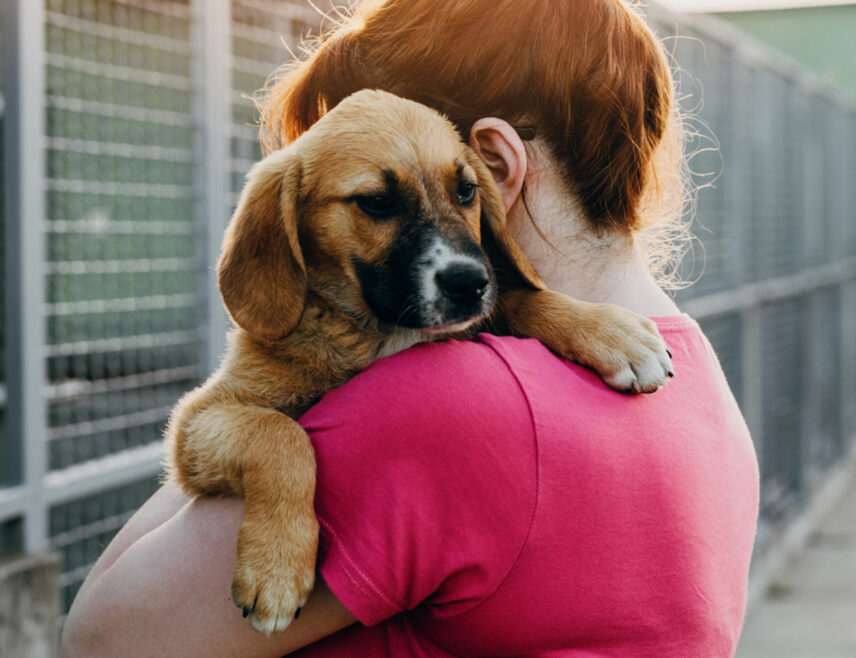Written by Mrs. Wyness, Math (Gr. 8 – 12), Math AI, DP Creativity, Action, Service, Advisory (Gr. 11) Teacher at Aspengrove School
What is Service as Action or Learning Service?
Service-learning is at the core of the three IB programs offered at Aspengrove School. It is an opportunity for students to understand their capacity and to make meaningful contributions to their community and society. Students learn through addressing global issues at a local, national or international level. They build authentic connections between what they learn in the classroom, what they encounter in the community, and what they see in the world at large. At Aspengrove this is done through our units of inquiry in PYP as well as in the MYP/DP advisory program and subject units.
Why is it important?
The goal of service-learning is for students to understand their capacity and make a meaningful contribution to their community and society. Through service-learning, students develop and apply academic knowledge, personal skills, and social skills in real-life situations involving decision-making, problem-solving, initiative, responsibility, and accountability for their actions. It also allows them to apply their academic, social and personal skills to improve their surroundings. So in other words, it is an opportunity for Aspengrove Students to make a connection between what they have learned in the classroom and experienced in their community, through taking initiatives on something they believe in, as a responsible global citizen.
How is it different from volunteering?
Service-learning is different from traditional volunteer work and experiential education (co-op, internships, and practicum) because the focus is on both learning and service, to ensure the beneficiary is not only the student but also the community served. The goal is to educate students about their roles as engaged citizens and active leaders in their communities.
4 Types of Action
Direct Service
Students engage directly with people, the environment, or animals.
Examples: Students could undertake one-on-one tutoring, volunteer in a park clean-up, or work in an animal shelter.
Indirect Service
Students do not see the recipients of indirect service and must work toward meeting an authentic need of the community or environment.
Examples: Students could redesign a non-profit organization’s website, write picture books to teach a language, or design brochures for future volunteers at a non-profit.
Advocacy
Students speak on behalf of an issue of public interest in order to promote awareness and understanding through the dispersal of accurate information that may lead to others taking action.
Example: Students could lead an awareness campaign about reusable grocery bags, perform a play about replacing bullying with respect, or create a video about sustainable water solutions.
Research
Students collect information from various sources, analyze data and report on a topic of importance to influence policy or practice.
Examples: Students may conduct environmental surveys to influence their school, contribute to the study of effective ways to reduce litter in public spaces, or conduct social research by interviewing people on topics such as homelessness, unemployment, or isolation.
